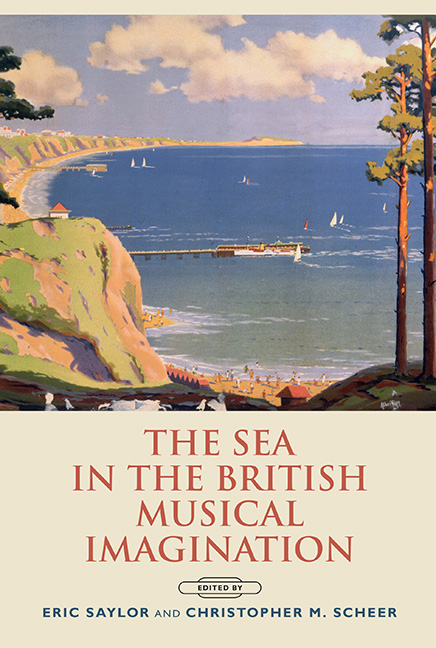2 - Scotland, the ‘Celtic North’, and the Sea: Issues of Identity in Bantock’s Hebridean Symphony (1915)
Published online by Cambridge University Press: 12 June 2021
Summary
SINCE THE NINETEENTH CENTURY, images or representations of stormy seas have been used to depict Scotland in music. Mendelssohn's Hebrides Overture is perhaps the best-known example, but Bantock's Hebridean Symphony succeeds where Mendelssohn fails. While the opening of the Hebrides Overture is wild, alluring, and sublime, this evocation of the untamable is not sustained. The wonder of the moment passes with the rest of the overture reverting to sonata form and the working out of musical problems. This inability to move beyond form and musical logic results in a failure to sustain the evocation of an uncontrollable ocean. Mendelssohn's uninhibited opening is dampened by what follows. The briny deep of Bantock's Hebridean Symphony remains untamed; the dangerous, unpredictable waters obliterate tonalities and any vestige of formal structure. While Mendelssohn's overture serves as a musical travelogue documenting the composer's experiences of Scotland, Bantock's work asserts its Celtic connections through the use of Hebridean songs from Marjory Kennedy-Fraser's then popular folk-song collections and a quote in the score:
From the lone shieling of the misty island
Mountains divide us and a waste of seas –
Yet still the blood is strong, the heart is Highland,
And we in dreams behold the Hebrides.
Bantock's symphony is one of a number of sea-inspired works by British composers from around the turn of the century through World War I. Leading up to the war, Britain's maritime dominance began to be questioned. Reflecting the dualities of the ocean – silent and murmuring, calm and stormy, alive and observing yet passive – musical pictures of the sea encompassed diverse approaches, all of which provided an opportunity to create a modern British musical style. While Stanford's Songs of the Sea (1904) and Songs of the Fleet (1910) celebrate English naval power and political control, Vaughan Williams's A Sea Symphony (1903–9) and Delius's Sea Drift (1903–4) use the sea ‘as the symbol of man's spiritual odyssey into the unknown’.
- Type
- Chapter
- Information
- The Sea in the British Musical Imagination , pp. 31 - 50Publisher: Boydell & BrewerPrint publication year: 2015



